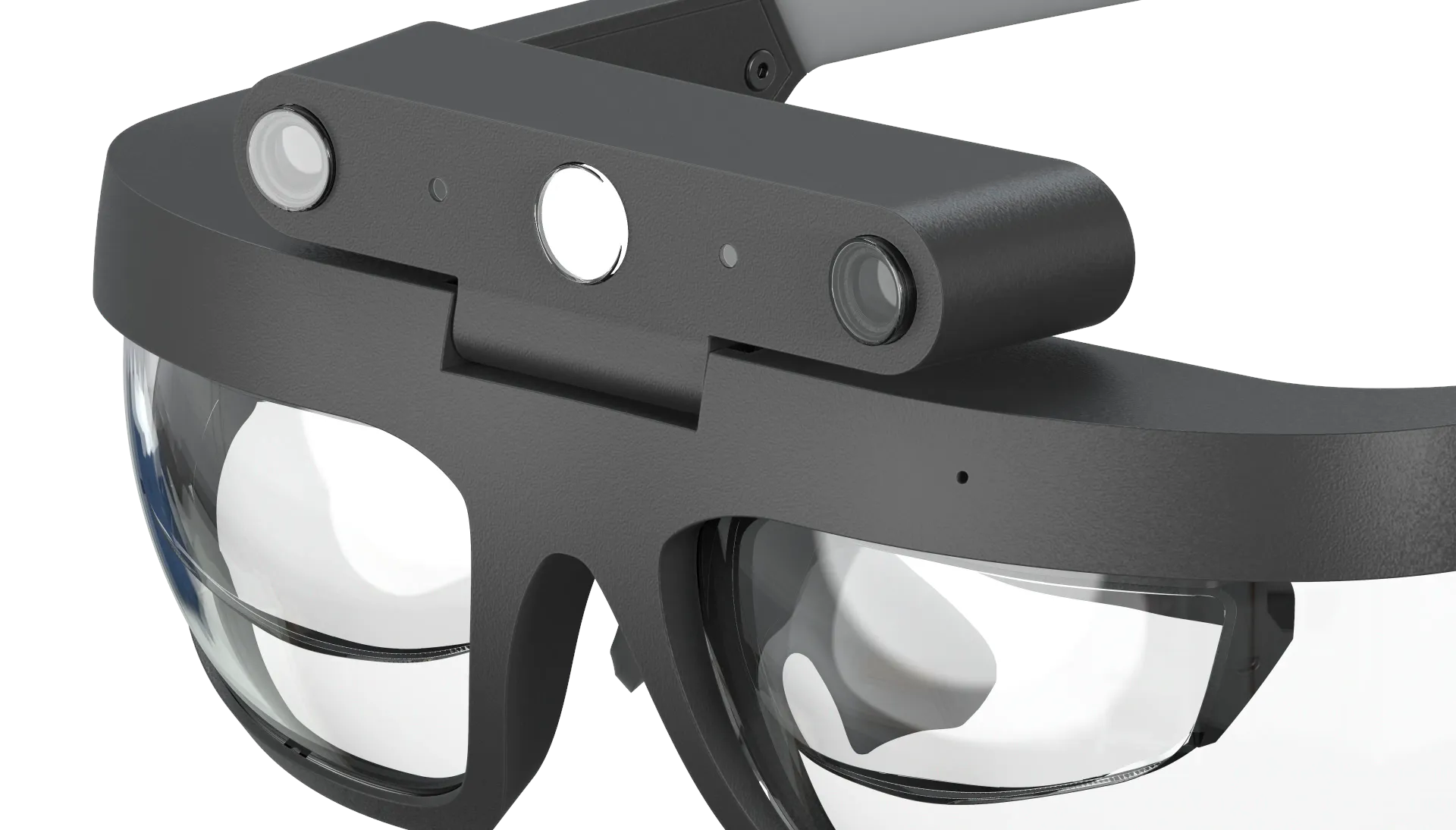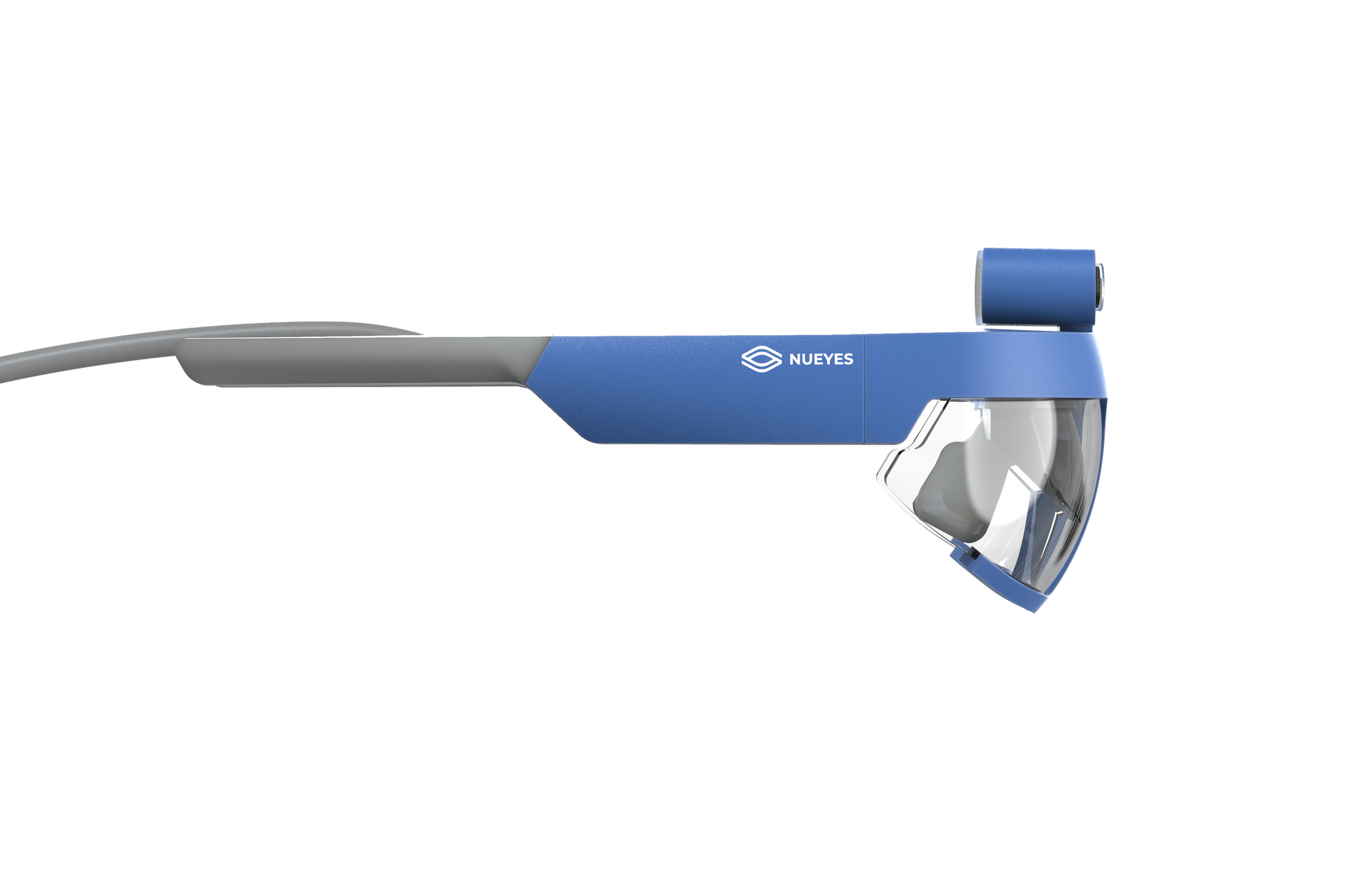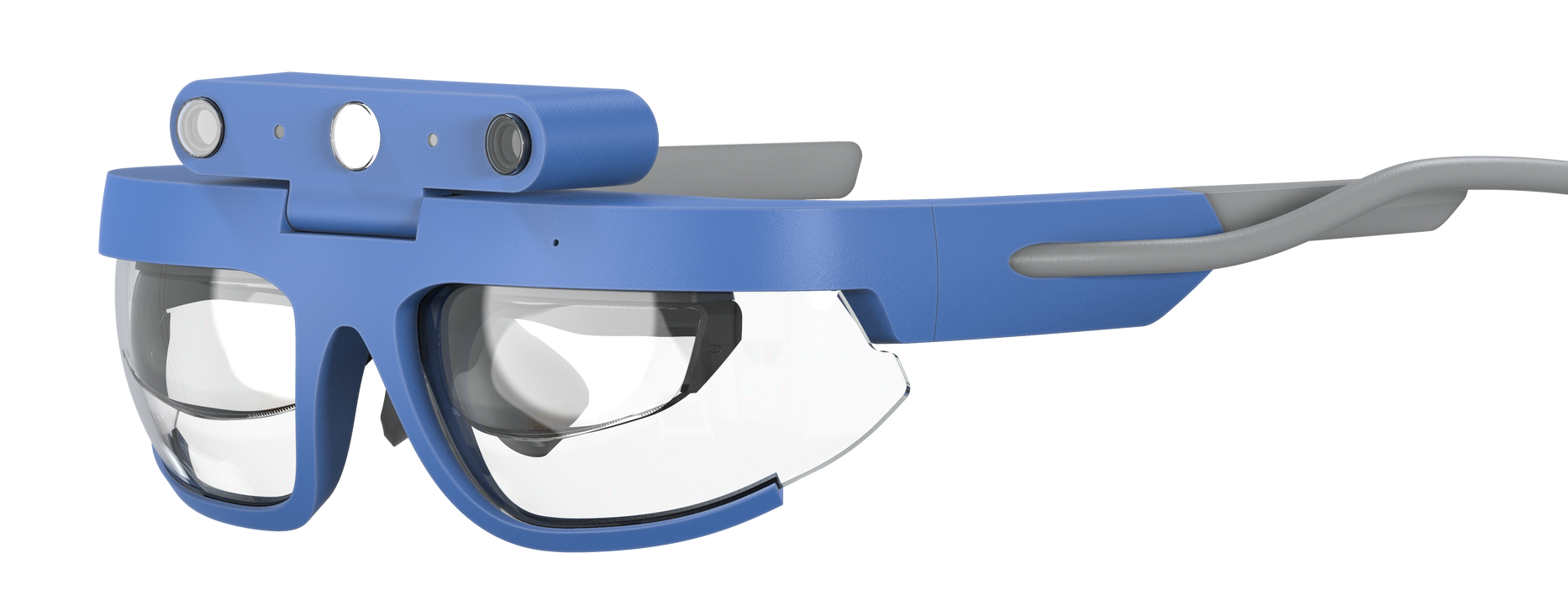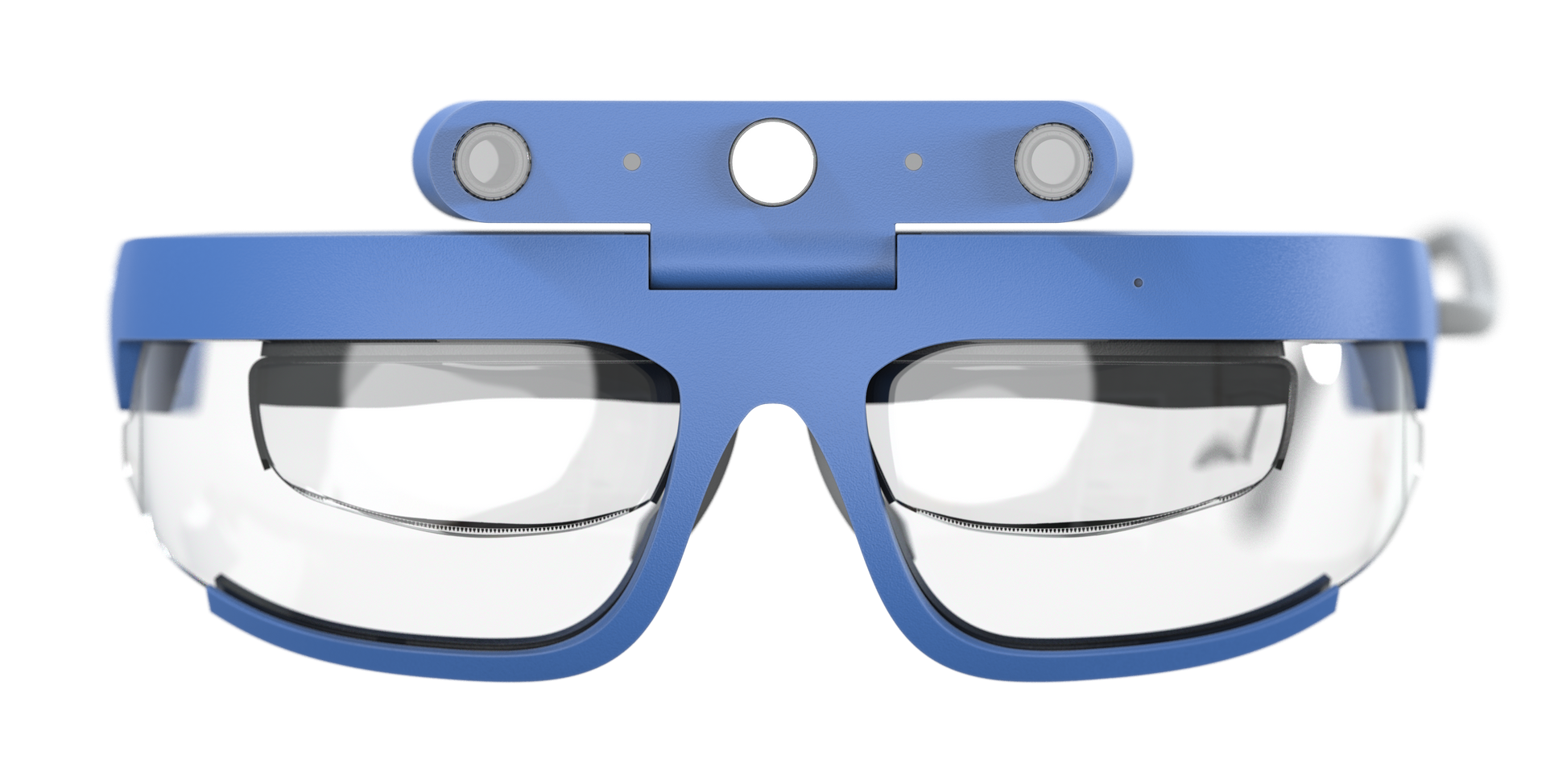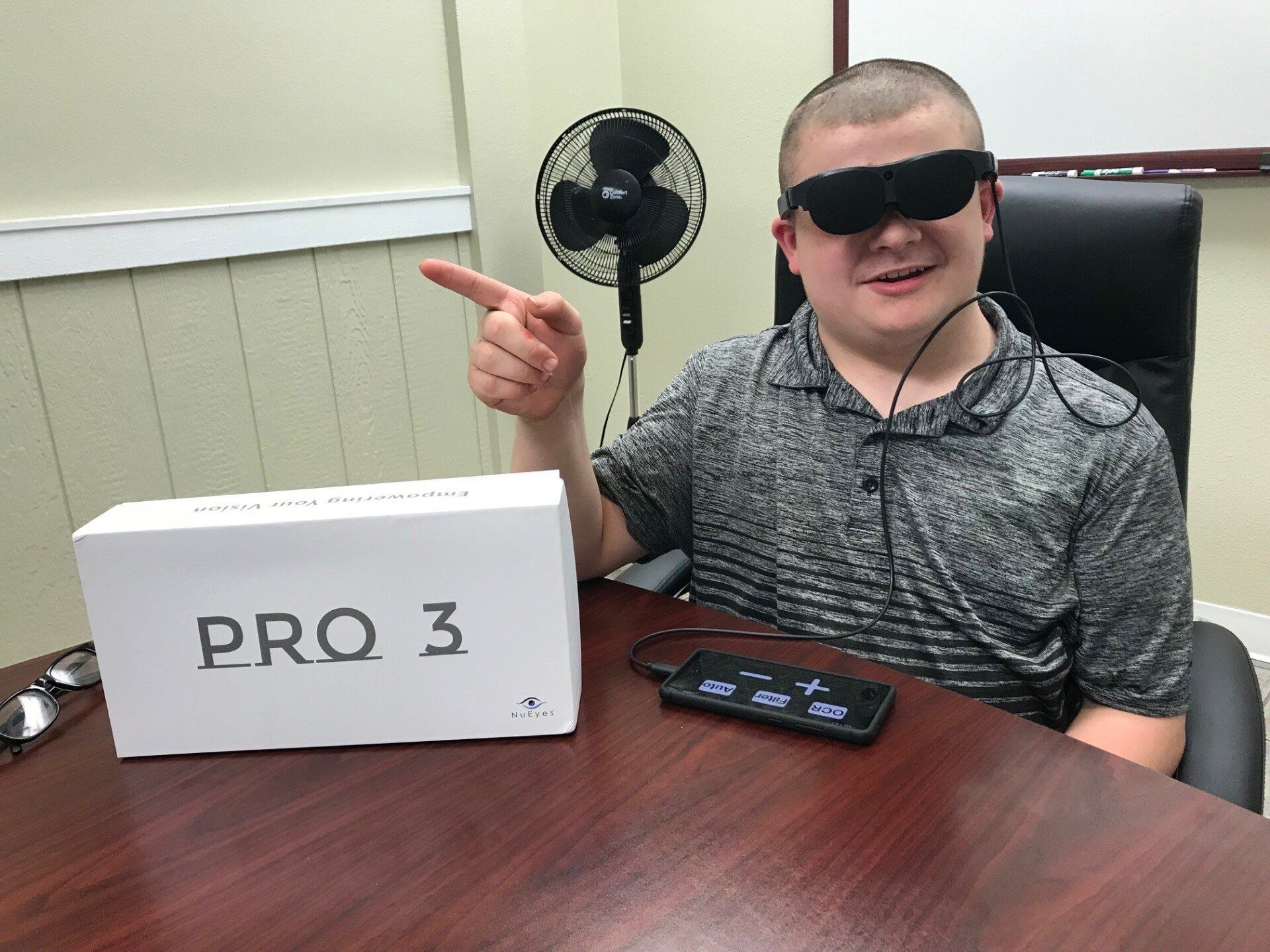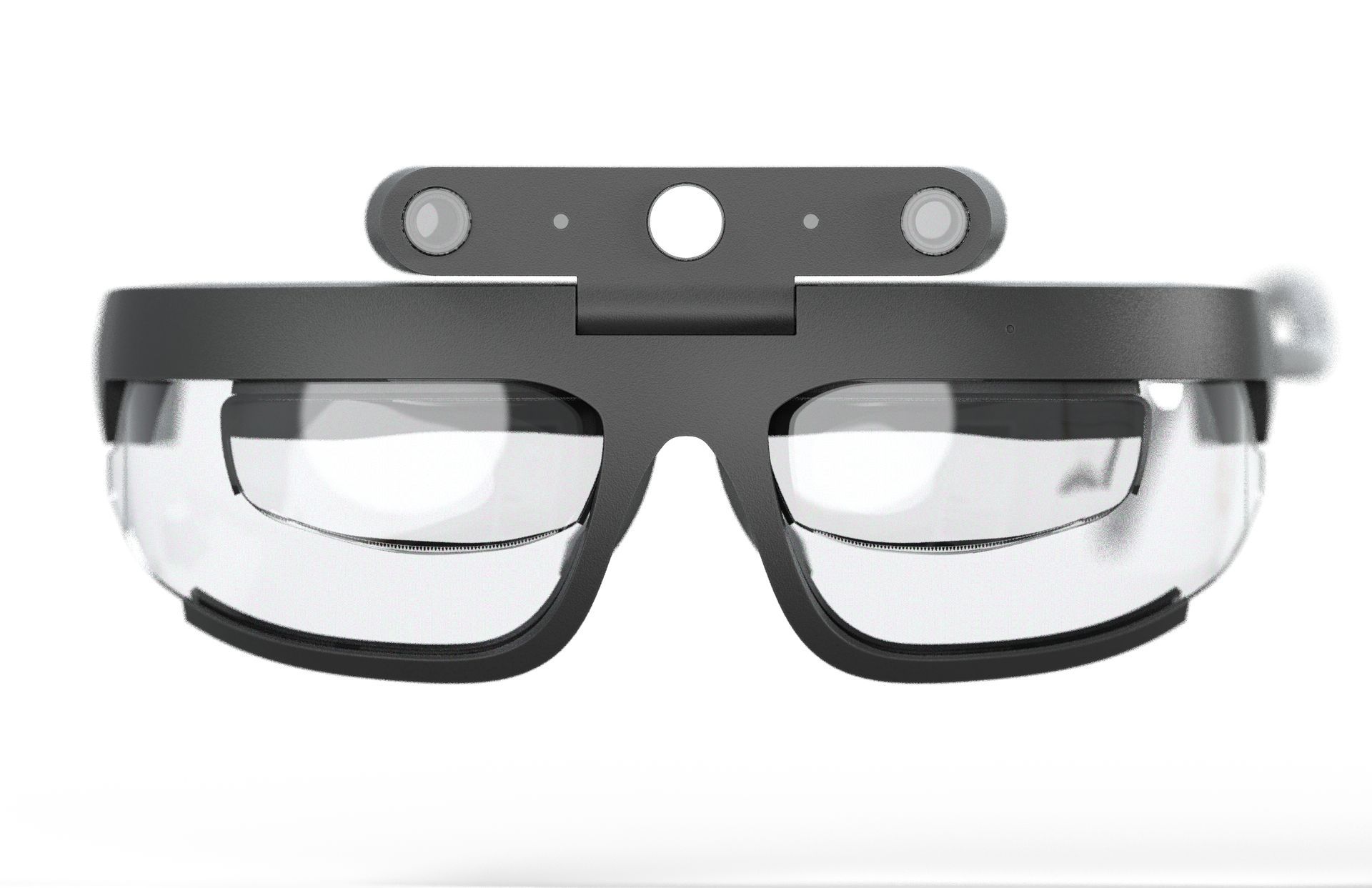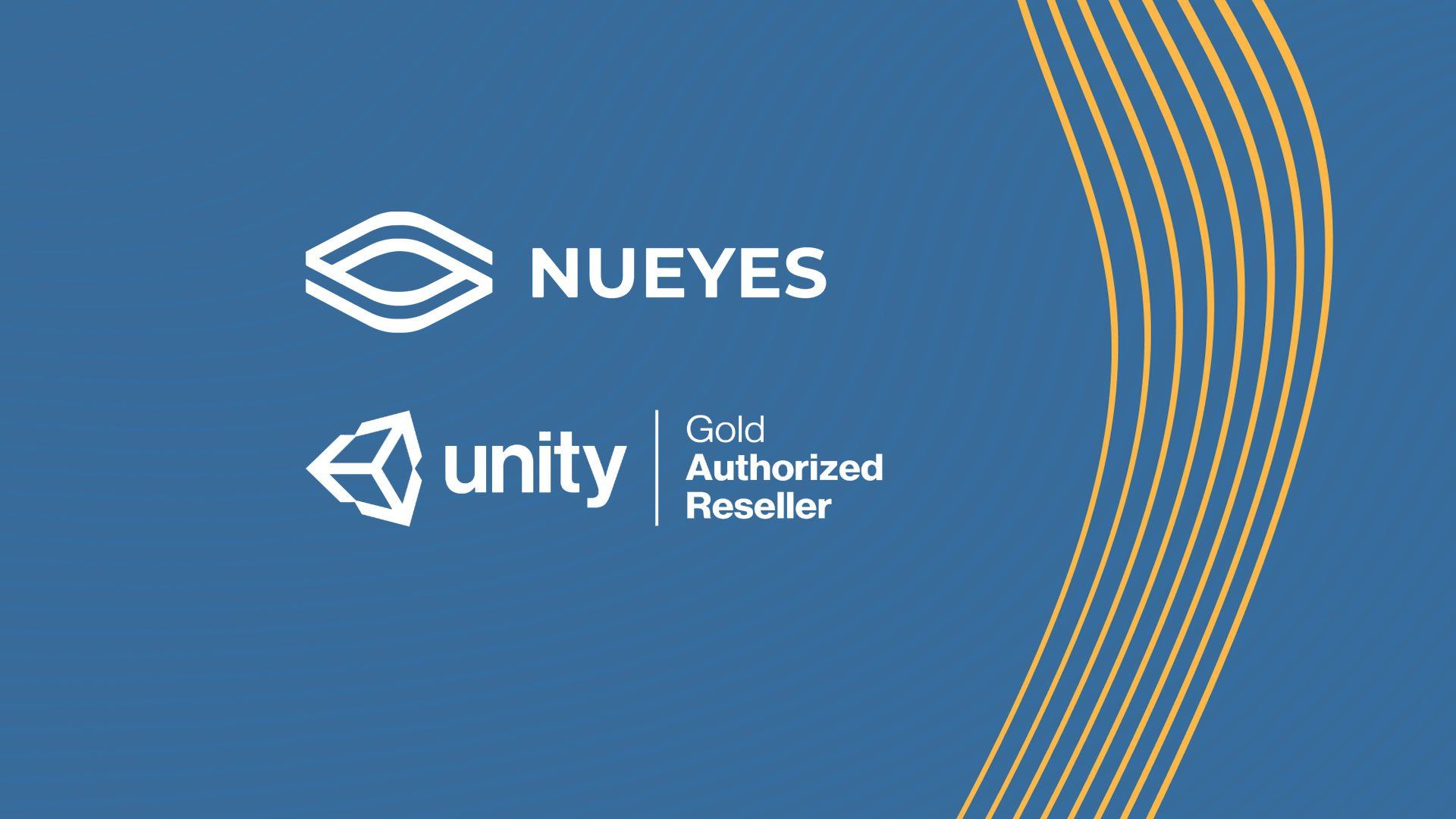Advancing Surgical Precision and Immersion: The Revolutionary impact of 3D Stereopsis in Augmented Reality
The Revolutionary impact of 3D Stereopsis in Augmented Reality
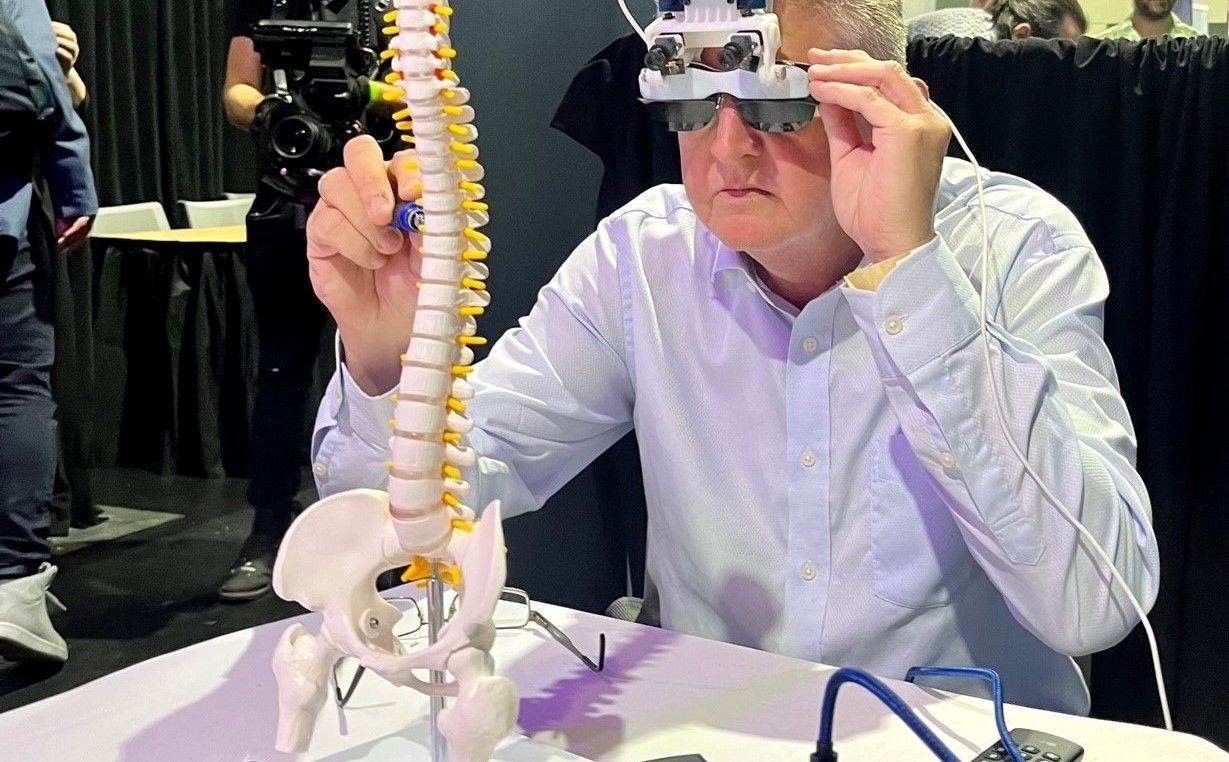
Stereopsis refers to the ability of the human brain to receive, process and perceive depth information from the eyes. It is how we understand the distance of the step down of a curb or when something is flying toward us. We use when taking a sip of our morning coffee or slowing down in time to let a pedestrian cross the street. The use of stereopsis in concert with the human motor neuron and sensory system to perform physical tasks accurately within actual 3D space is crucial in everyday life.
The human visual perception system is amazing in its capability to decern depth using only stereopsis without the aid of other depth cues such as relative size, shading, occlusion, and movement. The human brain recognizes depth perception due to the horizontal separation of the eyes which exploits a phenomenon known as parallax. The wider the horizontal separation of a person’s interpupillary distance, the better the depth perception capability. The ability to perceive depth information (stereopsis) is made possible by the visual cortex of the brain which is developed in infancy. We are not born with the inherent ability to perceive depth, however, once developed, the human system is so accurate that it registers the slightest movement of each eye position as each eye converges and focuses on an exact point in 3-dimensional space.
While we might take it for granted throughout history, we have incorporated stereopsis to give images and entertainment more depth. It was 1896 View scope was granted a patent for their viewer to provide depth in images. In the 1950’s Kodak produced Stereo cameras and slide projectors to capture the world in 3D and who can forget the ViewMaster by Mattel from the 70’s to view scenes from our favorite cartoons and places. Stereopsis, while it is something we can see naturally however when viewing images and video we only see in two dimensions as most systems are only capturing a single image.
Recognizing the importance of stereopsis capability, researchers and innovators in the medical community have made significant strides in enhancing surgical visualization by harnessing this fundamental aspect of human vision. Without incorporation of stereopsis in medical digital visualization products surgeons and dentists would not be able to understand where their tools are in relationship to the patient’s tissue. NuEyes Technologies is at the forefront of this technology utilizing what we call Digital Stereopsis©.
The convergence point is the key reference point from which all depth information is calculated. At a target convergence point of 457 millimeters (18 inches), a youthful person with interocular spacing of 65 mm, can distinguish if an object is .5 mm in-front of or behind another. With Digital Stereopsis©, NuEyes gives a 75-year-old person the capability to perceive better than .3 mm in depth. Digital Stereopsis© works with the human binocular system to enhance a person’s stereopsis with high resolution cameras and near eye displays.
Delivering Digital Stereopsis© with NuEyes, Nuloupes product allows us to enhance human vision with continuous magnification, add the ability to digitally enhance and present graphical overlays and information in real-time on the scene in 3-dimensional space, greatly increasing visual perception. Stereopsis and specifically Digital Stereopsis© is acutely important in surgical and dental operations due to the lack of depth cues where physical accuracy is paramount to avoid inadvertent damage to vessels or tissue. By perceiving depth more accurately, surgeons and dentists can better assess anatomical structures, precisely manipulate surgical instruments, identify vital tissues, and navigate complex surgical and dental environments with accuracy leading to improved patient outcomes, reduced risks and improves the overall quality of surgical interventions.
Furthermore, the integration of Digital Stereopsis©, in surgery and dentistry with augmented reality (AR) has the potential to revolutionize surgical and dental procedures. By leveraging the depth perception provided by Digital Stereopsis©, surgeons and dentists can enhance their spatial awareness, precision, and decision-making, while AR compliments this by overlaying patient-specific anatomical models, preoperative imaging data, real-time guidance, superimposing virtual markers, identify critical structures, and displaying preoperative plans.
The combination of Digital Stereopsis©, magnification, and AR has immense potential in surgical and dental training and education as well. Trainees can benefit from the enhanced systems, allowing them to practice procedures and develop their stereoscopic skills in a safe environment with remote oversight and instruction with the instructor being able to see exactly what the trainee sees in real time. AR-based training modules offer interactive guidance and instant feedback, accelerating the learning process and enhancing competence.
Utilizing Digital Stereopsis© further enables real-time collaboration and telemedicine. Surgeons can use AR-enabled devices to share their visual perspective with remote experts, who can offer guidance and support from a distance. This collaborative approach improves access to specialized expertise, facilitates remote surgical consultations, and enhances overall healthcare delivery.
To that end, NuEyes Technologies has developed and continues to improve augmented reality glasses, revolutionizing surgical and dental visualization with a system that outperforms the human vision system while providing, Digital Stereopsis©, augmented reality, 10X magnification, and voice activated operation, far exceeding the human visual system all while maintaining adaptability to change as the user ages.
As the advancements in stereopsis and augmented reality continue to evolve, the future holds exciting possibilities for improved procedural outcomes, optimized training, and enhanced patient care through Digital Stereopsis© and NuEyes will be there leading the way.
